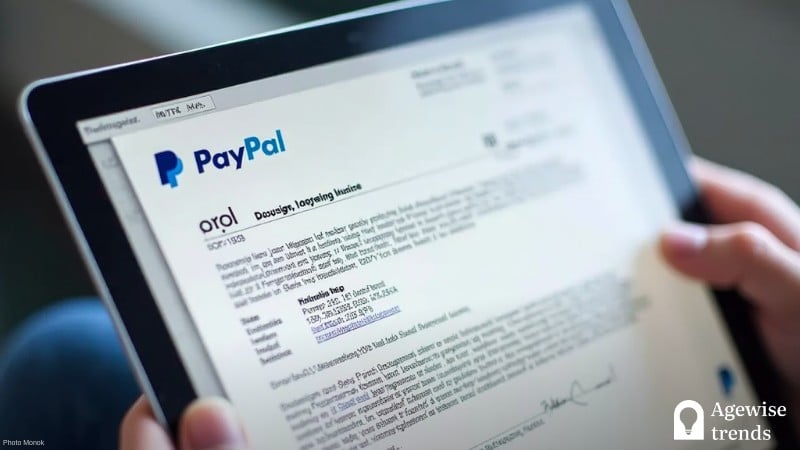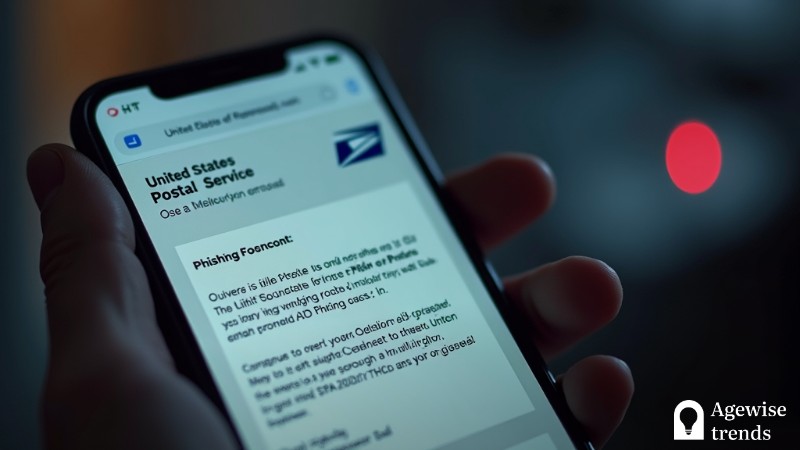Scams have changed considerably over time, adapting to new technology and exploiting flaws in both human behavior and digital security measures. While artificial intelligence and sophisticated hacking tactics dominate debates about cybercrime, some fraudsters have succeeded by returning to older, more basic methods of deception. One such method is to use email-based phishing scams to mislead unsuspecting victims into disclosing their financial information.
Recent reports highlight a PayPal scam that uses legitimate-looking invoices issued through DocuSign to successfully avoid email security filters and prey on consumers who do not notice the warning indicators. Therefore, the spread of scams underlines the crucial need for increased cybersecurity knowledge and precautions. Users must remain watchful as they increasingly rely on electronics, particularly smartphones, to access financial accounts and execute transactions.
Phishing attempts, identity theft, and fraudulent transactions have all become widespread concerns that online communities must actively battle. Understanding the mechanics of these scams and taking proactive efforts to prevent ID theft can dramatically lower the likelihood of falling victim to fraudsters.
Key Takeaways
The article discusses a recent PayPal-DocuSign scam and underscores the importance of cybersecurity awareness in stopping email phishing attacks and identity theft.
- Scammers use invoices that look like they come from DocuSign to bypass email security filters and trick users into giving up their financial information.
- Smartphones have become a key target for scammers, with text message phishing and fraudulent phone calls on the rise.
- Online communities play a vital role in spreading awareness and stopping scams by sharing information and reporting fraudulent activities.
The rise of email-based scams
Despite breakthroughs in cybersecurity, email is still one of the most prevalent entrance channels for scammers. Cybercriminals exploit email correspondence to deceive people into disclosing critical information or approving fraudulent transactions. The latest PayPal-DocuSign phishing scam is an excellent example of how attackers leverage trusted services to fool users. Scammers create a sense of validity by sending invoices via a well-known provider, increasing the possibility that receivers will respond to the fake request.
PayPal scammers are using an old Docusign trick to enhance the trustworthiness of their phishing emails
Pieter Arntz, Malware Intelligence Researcher at Malwarebytes
These scams are effective because they work around typical email security mechanisms. Many email providers use spam filters and AI-driven threat detection, yet emails from respectable services like DocuSign can pass through undetected. This highlights the necessity of user awareness. Recognizing red flags—such as strange sender addresses, unexpected attachments, or mismatched recipient information—can assist users in detecting and avoiding these attacks.
However, typical phishing awareness tactics are no longer sufficient. Scammers have honed their techniques for creating messages that appear genuine, making critical thinking and verification vital components of internet security.
To pull this off, the phishers set up a Docusign account and then use the templates provided by Docusign to send out legitimate looking invoices from PayPal.
Pieter Arntz, Malware Intelligence Researcher at Malwarebytes
Smartphones: the new target for scammers
With smartphones accounting for the vast bulk of internet interactions, thieves have changed their focus to mobile schemes. Text message phishing (smishing), fraudulent phone calls, and malicious software are becoming more prevalent. Smartphone users, unlike desktop users, are more likely to respond rapidly to notifications, making them an ideal target for scammers that rely on urgency and deception.
The PayPal scam shows how scammers use many avenues to increase their reach. While email remains popular, attackers also utilize SMS messages and phone calls to trick victims into disclosing personal information. The rise of multi-factor authentication (MFA) has added a layer of security, but scammers have responded by utilizing social engineering strategies to deceive consumers into disclosing authentication codes or login credentials.
Not a single security company has a network-based solution for carriers to shield subscribers from SMS phishing.
Paul Walsh, CEO of MetaCert
To reduce these dangers, users should exercise caution when receiving unexpected communications, verify sources via official websites or applications, and enable device-level security capabilities to prevent unauthorized access.
The role of online communities in scam prevention
Online communities play an important role in raising awareness and preventing scams. Cybercriminals rely on deception, but community awareness can detect fraudulent schemes before they become widespread. Forums, social media groups, and cybersecurity blogs are excellent venues for exchanging scam alerts, preventive tactics, and personal experiences. When consumers report scammers, they help others recognize and avoid similar assaults, which improves overall digital security.
Additionally, businesses and financial institutions must interact with online communities to educate people about developing hazards. PayPal, for example, has launched steps to improve fraud detection and notify users of problematic transactions. However, scammers’ techniques are always evolving, making it critical for businesses to engage with cybersecurity professionals and consumer protection agencies. Online communities can strengthen their protection against digital fraud by encouraging a culture of transparency and information sharing.
By actively hosting webinars, publishing scam prevention guides, and collaborating with law enforcement, the online communities can provide real-time updates on emerging threats, empowering individuals to stay vigilant and protect their personal information.
ID theft & prevention
Identity theft is one of the most serious repercussions of falling victim to a scam. Cybercriminals utilize stolen credentials to gain access to bank accounts, make fraudulent purchases, and commit more serious financial crimes. The PayPal-DocuSign scam demonstrates how quickly criminals may deceive people into disclosing personal information, underscoring the importance of complete identity theft prevention techniques.
Also, it seems weird that Docusign has been used to send a document that doesn’t require a signature
Pieter Arntz, Malware Intelligence Researcher at Malwarebytes
To secure personal information, users should practice solid cybersecurity habits such as creating unique passwords for each account, enabling two-factor authentication, and frequently reviewing bank statements for illicit activity. In addition, avoiding questionable links, validating payment requests directly through legitimate websites, and reporting fraudulent conduct to authorities might aid in the prevention of identity theft.
As scams become increasingly sophisticated, proactive security measures and informed decision-making are the most effective ways to prevent financial theft. Because cyber risks are constantly changing, people need to keep ahead of scammers by staying aware and implementing strong protection measures. In order to effectively tackle the interrelated hazards of identity theft, smartphone-targeted frauds, and email phishing, cooperation is necessary.
As a final point, users can protect their financial well-being and digital identities by leveraging online communities, setting up personal gadgets, and being on the lookout for dishonest practices. Online communities provide valuable insights on emerging threats, helping users stay informed and avoid fraud.
In addition to staying informed, securing personal devices—including smartphones, tablets, and computers—is crucial for minimizing exposure to cyber threats. Enabling two-factor authentication, using strong and unique passwords, and keeping software up-to-date can significantly reduce the risk of unauthorized access.
Lastly, vigilance against dishonest practices such as phishing emails, fake websites, and fraudulent phone calls is essential for safeguarding personal and financial information. Recognizing red flags, such as urgent messages demanding immediate action or unsolicited requests for sensitive data, can prevent users from falling victim to scams. By adopting a proactive approach to ID theft prevention, individuals can strengthen their digital security and navigate the online world with greater confidence.















